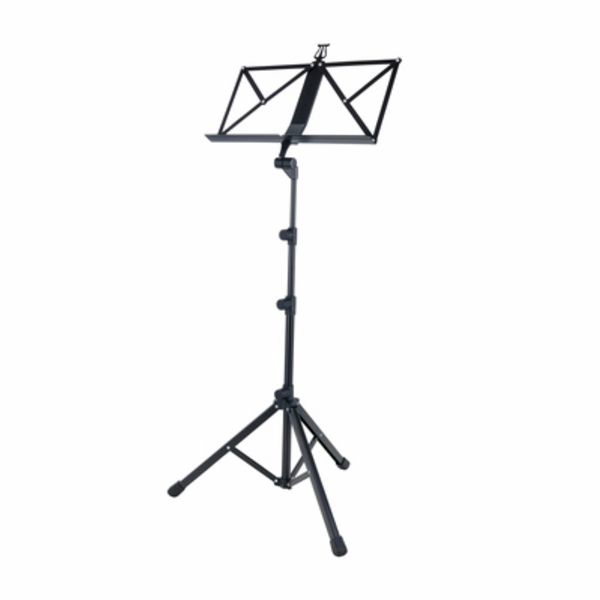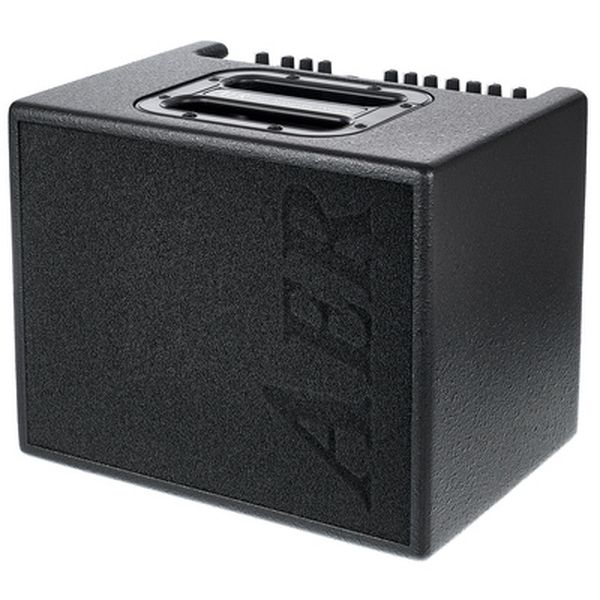Would you just put on your shoes and start running a marathon? Hit the gym and immediately start lifting weights? If you’re in top shape or having an exceptionally good day, maybe you could get away with it once in a while – but as a rule, starting without warming up isn’t a good idea. What can be discussed, though, and where opinions differ, is how a good vocal warm-up should be structured.
What’s the point of a vocal warm-up?
It’s about taking enough time to tune into your instrument – your body – assessing how it feels that day, and setting it up properly. Your mental, physical, and vocal state all play a role. When this trio – mind, voice, and body – is smooth and in balance with what you’re about to do, you’re good to go. To find that balance, warm-up exercises, stretching, and perhaps even meditating can be really helpful tools.

I set aside 60 minutes for my vocal warm-up before a gig. Of course, I don’t spend the whole hour singing. But that hour belongs entirely to me – so I have enough time to find my focus, warm up my body, calm my mind, and check in with my voice in all its facets. I approach it like a pilot running through pre-flight checks in the cockpit.
How’s my grounding? How open is my voice? Can the sound flow through my whole body? How’s my low range? How’s my high range? Can I shout loudly? Is my head voice working? How are my transitions between registers? And all the other sounds you might need.

With each vocal exercise I use to check one of the aspects above, I repeat it until I’m happy with the result – plus one more time, just to be sure it wasn’t a fluke. Some days it takes longer, some days it works instantly and I move on after two repetitions.
Before a regular rehearsal, you can of course keep your warm-up short. 10 to 20 minutes – just like mobility training in sports – should be more than enough.

Casio
SA-51
When do I warm up?
You can obviously warm up right before singing. But at concerts, venues are often chaotic and noisy, so I’ve made it a habit to leave the house already warmed up. At home, I have more peace and space to check in with myself without being interrupted. A nice side effect is that I arrive at soundcheck already warmed up.
How long does the warm-up last?
Once your voice is warmed up, it generally stays that way for the whole day. Before rehearsal or a gig, you can quickly check in with your diaphragm, vocal placement, and some sounds to make sure everything is fresh. But that’s really all you need. Quiet NGs (see below) or humming MMs always work.

K&M
10810 Black
Tips for Singers: Five vocal exercises that always work
Here are five of my personal favourite warm-up exercises for inspiration.
NG
Say the word “singing” and hold onto the NG. That’s the point where the back of your tongue touches the transition from the hard to the soft palate. On this NG, make a very soft, clear tone in a comfortable range. Let that tone glide up and down through the point where your tongue meets the palate, with your mouth open. As soft and smooth as possible. The better the exercise goes, the higher you can go. The key is not to put any pressure on your voice. This is all about the fine frequencies of your voice, so it can shine later.
This exercise also works well as a warm-down after a concert, to calm your voice again.
Shouting “Hey”
Shout a big “HEY” into the distance and feel the energy travel through your body. Try different intensities and emotions. Don’t hold the HEY in – send it far away from you.
Sharp Z
This exercise helps wake up your diaphragm and gives you a grip on your breath support. This is a toneless exercise.
A) Do three short, very sharp, individual Zs – Z – Z – Z, as if you’re kicking feathers out of the air with your breath.
B) Extend the Zzzzz – Zzzzz – Zzzzz. You’re a spray can, your nozzle is set extremely fine, and you’re making three short sprays into the air without taking a new breath in between.
C) Extend the sprays even more.
D) Draw one long line.

Sighing
Sigh with your mouth open and let the tone glide on a voiced A from top to bottom through all your registers. Breaks between the registers are fine. The goal is the momentum – moving fluidly through all registers, downwards and upwards.
Singing with your whole body
Pick a song that feels really good to sing, close your eyes, and let the music flow through your whole body as you sing. If you need help, imagine the notes have your favourite colour. Can you sing into your legs? Your arms? Your head? Your belly? Everywhere? Or are there “blind spots” on your body map where you feel nothing? Then try moving in a way that helps you make contact with those areas. Placing your hands on them often helps too. You can also lean your back against a wall. Get creative.

AER
Compact 60 IV BK
Side Facts: Vocal Warm-up
You don’t need to warm up at rehearsal or performance volume. At most, you can briefly touch on a passage at the end of your warm-up if your head needs the reassurance.
It’s entirely up to you whether your vocal warm-up includes more free-flowing exercises or traditional stepwise scales. Over time, you’ll discover which exercises are essential for your voice and which you can skip. There is no one-size-fits-all approach to vocal warm-ups.

Being physically fit – especially for extreme singing – is essential to protect and support your voice. Because singing is muscle memory, and your muscles and conditioning need to be maintained so your body can support your voice in the best possible way.
Vocal Warm-up: Your Feedback!
What are your experiences with warming up your voice? Let us know in the comments!















Comments 0
No comments yet.